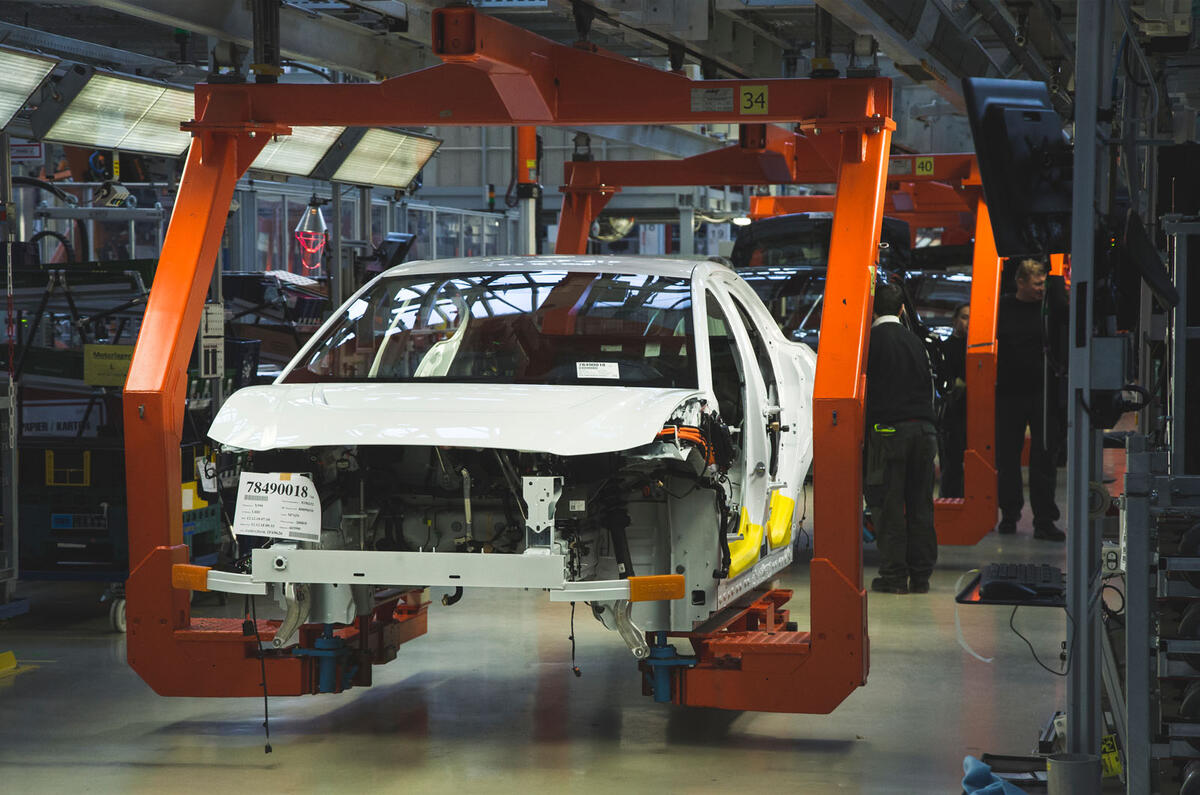As the industry recovers from pandemic shutdowns, every stakeholder is looking for their place going forward. We have learned so much and believe this new knowledge will alter the landscape. Many things will change, but some will not evolve in the ways that conventional thinking would have us believe.
In the history of the automotive industry, notable landmarks denote waves of changes. Packard’s H-pattern shifter, Cadillac’s self-starter, Ford’s moving assembly line, Oldsmobile’s Hydramatic transmission and DAF’s CVT all changed the industry for the better, leaving hundreds of other dead ends in their wake. The industry is in the early stages of another revolution that will accompany many industry-changing technologies and strategies alongside ambitious attempts that will not gain traction – and it will take years before the difference becomes obvious.




Add your comment